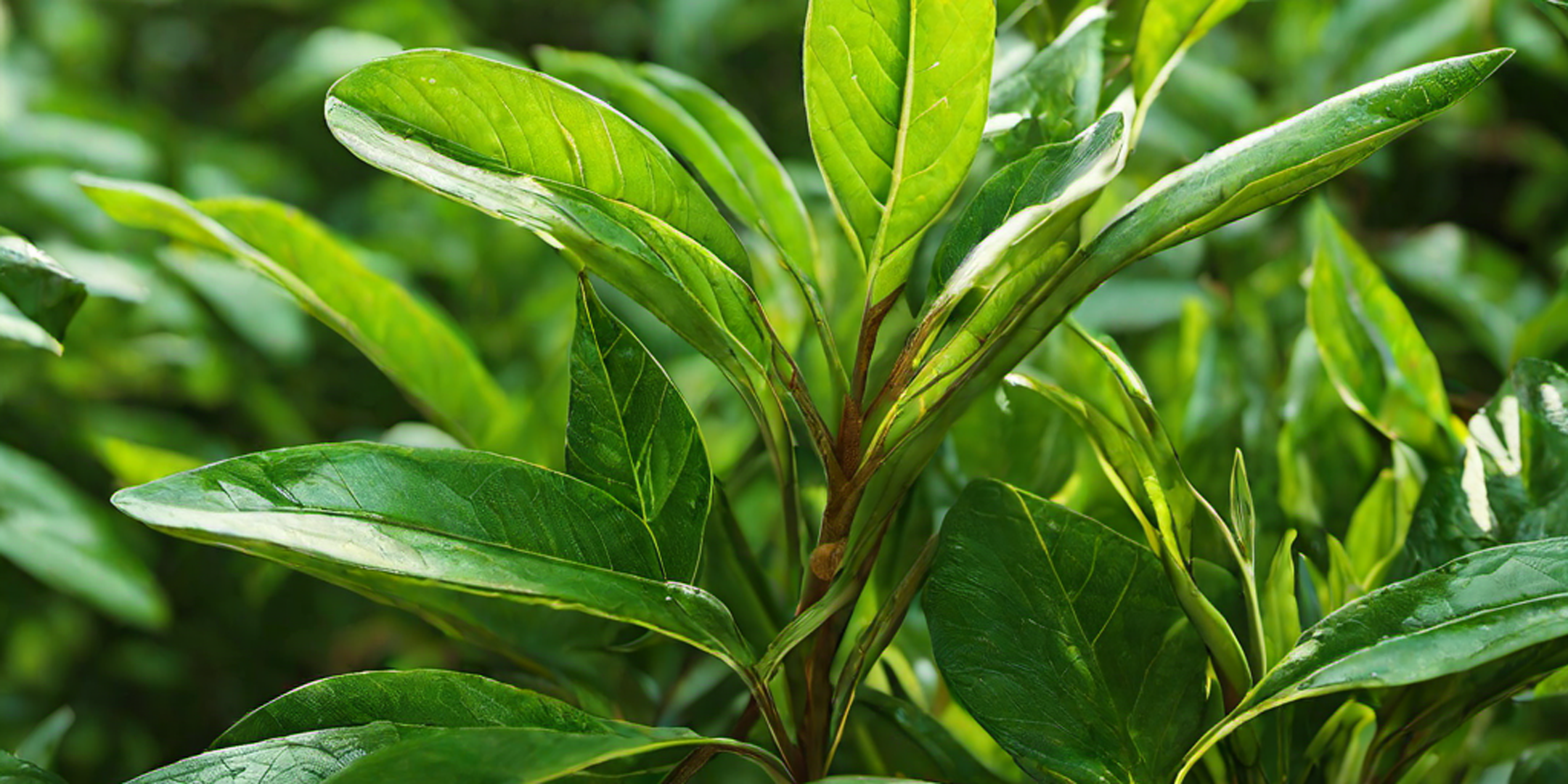Chamomile tea, often associated with calm evenings and restful sleep, has a history as soothing as the tea itself. This aromatic herbal infusion, made from the daisy-like chamomile flower, has been cherished for centuries for its medicinal properties and comforting flavor. Let’s take a sip through history to discover how chamomile tea became one of the most beloved herbal teas worldwide.
The Ancient Roots of Chamomile
Chamomile’s journey began in ancient civilizations, where it was celebrated for its healing properties. The word “chamomile” is derived from the Greek words chamos (ground) and milos (apple), referring to its apple-like fragrance.
-
Egyptian Origins
The ancient Egyptians revered chamomile as a gift from the gods. It was a key ingredient in their medicinal practices and was often used to treat fever and other ailments. Egyptian nobility even used chamomile to embalm their dead, signifying its importance in their culture. -
Greek and Roman Medicine
Chamomile gained prominence in Greek and Roman civilizations, where it was a cornerstone of natural remedies. Hippocrates, the “Father of Medicine,” mentioned chamomile in his writings for its anti-inflammatory properties. The Romans brewed chamomile tea to calm the digestive system and used it as a perfume and bath soak due to its soothing aroma.
Chamomile in Medieval Europe
During the Middle Ages, chamomile tea became a popular remedy across Europe. Monks and herbalists cultivated chamomile in monastery gardens, using it to treat ailments such as insomnia, anxiety, and digestive discomfort. Chamomile was also used as a strewing herb to freshen the air in homes and public spaces.
The herbal tea’s calming effects made it a favorite among royalty and commoners alike. It was often referred to as “the plant’s physician,” as farmers believed chamomile could revive sickly plants when planted nearby.
Chamomile in Folk Traditions
Chamomile’s reputation extended beyond medicine into folklore. In many cultures, it was believed to have magical properties. People used chamomile for protection, good fortune, and to ward off evil spirits. The soothing tea was also a symbol of strength and resilience, often brewed during times of stress or illness.
Modern Popularity
Chamomile’s journey to the modern world was propelled by the rise of herbal medicine during the 19th and 20th centuries. As the industrial age brought new health challenges, chamomile tea became a household staple for its ability to soothe nerves and promote relaxation.
Today, chamomile tea is enjoyed worldwide, celebrated not just for its flavor but also for its wide range of health benefits.
Health Benefits of Chamomile Tea
Chamomile tea is often praised as a natural remedy for various ailments, including:
- Better Sleep: Its calming properties make it a popular choice for those struggling with insomnia.
- Digestive Health: Chamomile tea soothes upset stomachs and reduces bloating.
- Anti-Inflammatory Effects: It helps reduce inflammation and can ease muscle pain.
- Stress Relief: A cup of chamomile tea is like a warm hug, helping to reduce anxiety.
- Skin Health: Chamomile is often used in skincare for its anti-inflammatory and antibacterial properties.
How to Brew Chamomile Tea
Brewing chamomile tea is simple and enjoyable:
- Boil fresh water.
- Add a tablespoon of dried chamomile flowers (or a chamomile tea bag) to a cup.
- Pour the hot water over the flowers.
- Steep for 5-7 minutes for a rich flavor.
- Strain (if using dried flowers), add honey or lemon if desired, and enjoy!
A Timeless Tradition
Chamomile tea has stood the test of time, weaving its way through history as a trusted remedy and comforting beverage. From ancient Egyptian rituals to modern-day tea ceremonies, chamomile tea continues to bring peace and health to those who enjoy it.
So, the next time you sip chamomile tea, remember you’re not just drinking a cup of herbal goodness—you’re partaking in a tradition that spans centuries. More than just a drink, it invites us on a journey through time and history.




